How did the custom of making snowmen and snow women appear
It is difficult to find a person in our country who has never made a snowman. But few people will be able to answer the question of who invented this fun and whether it makes sense. Most people are sure that modeling snow figures is just a fun winter game. But this is not the case, and these uncomplicated snow sculptures have an ancient and interesting history.
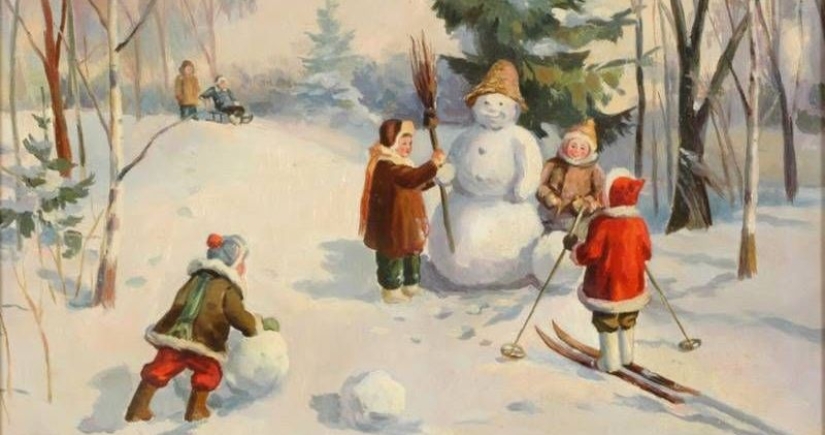
People have been making snowmen since time immemorial. But they did it not with laughter and jokes, but with awe and respect. Before the advent of Christianity in the northern countries, snow figures were revered on a par with wooden and stone idols.
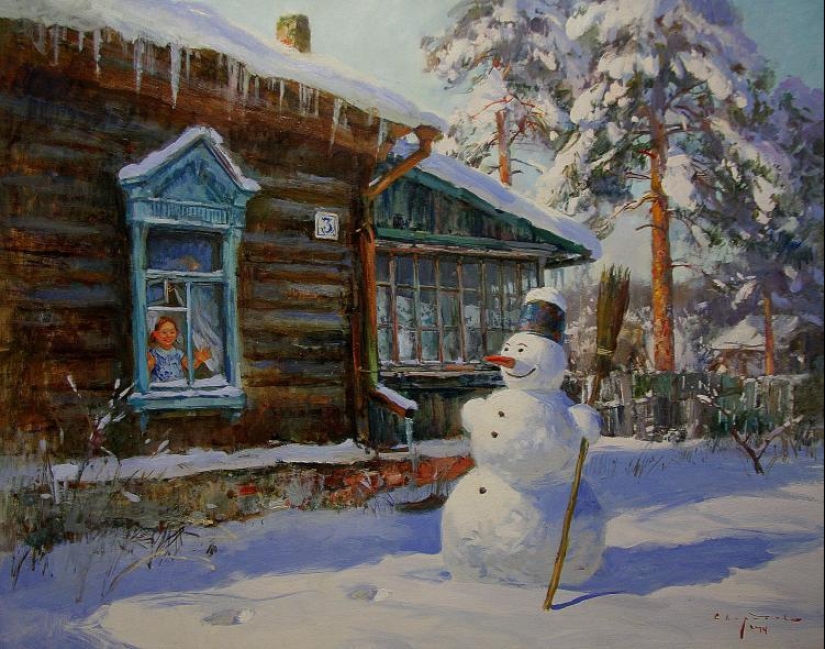
Most pagan rituals, one way or another, are associated with the death and subsequent rebirth of the deity. Saying goodbye to the old year or winter was accompanied by the creation of a deity figure from different materials. Most often it was straw, rags or twigs. This custom has been preserved to this day in the form of a farewell to Maslenitsa.
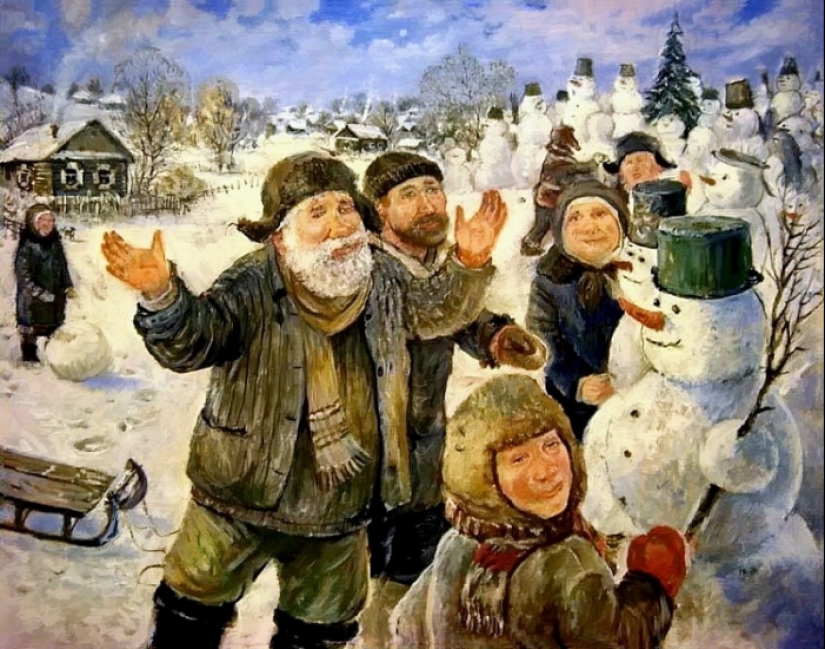
But in some places, the deity was molded from snow, which, although it did not burn in the sacred fire, but effectively disappeared, turning into water and steam. The snow woman is a direct relative of Maslenitsa, the prototype of which was Madder, or Makosha — the main female deity of the Slavs.
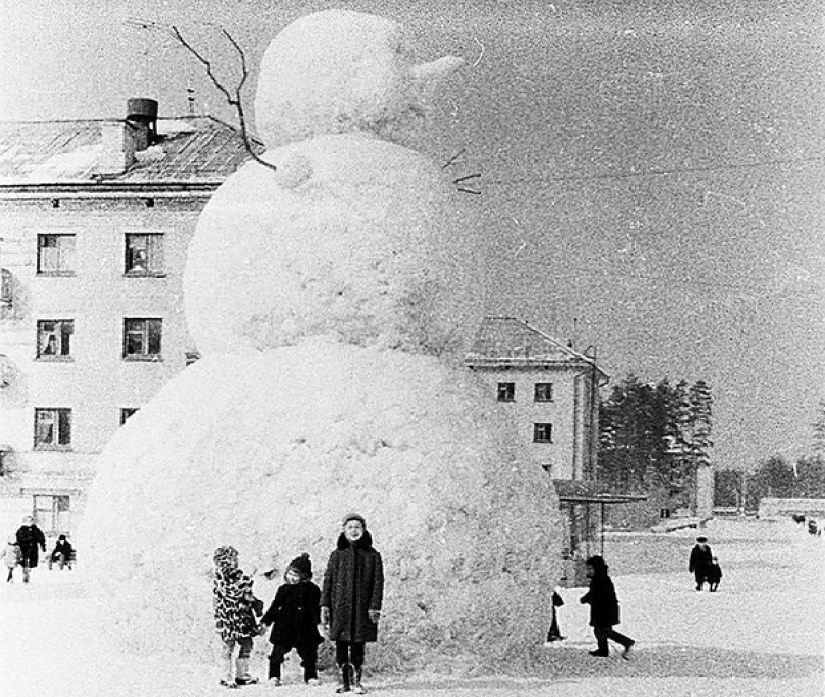
Initially, Madder represented death and subsequent rebirth, the change of seasons, fertility. But later this goddess became associated only with winter, cold, snow and death. At the same time, cold and snow were not perceived by our ancestors absolutely negatively. They understood that there would be no good harvest without a snowy, frosty winter.
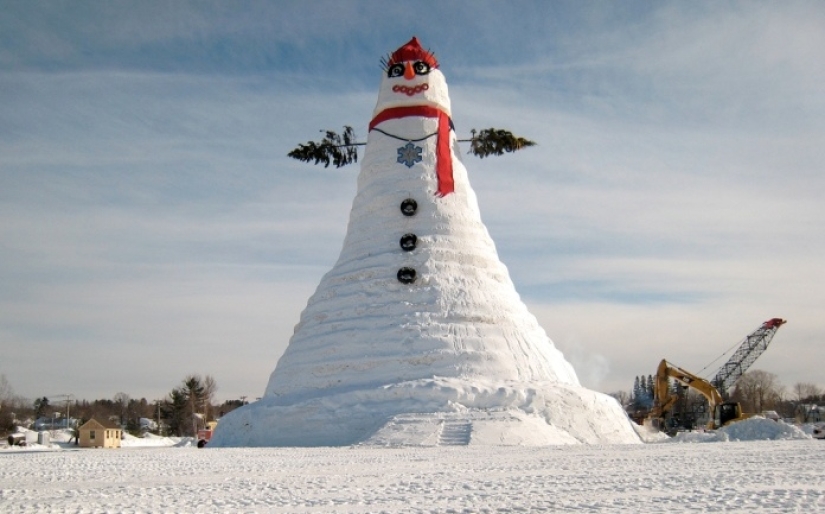
Slavic and Scandinavian peoples attributed magical properties to snow. It was even believed that snow collected on special days in certain places has healing properties. The Russian fairy tale "The Snow Maiden" became the echoes of the Slavic cult of snow, which describes the creation of a new life from snow and its death in the spring. Over the centuries, snow women have lost their cult significance, unlike Maslenitsa. That's why we associate them with nothing more than a fun winter fun.
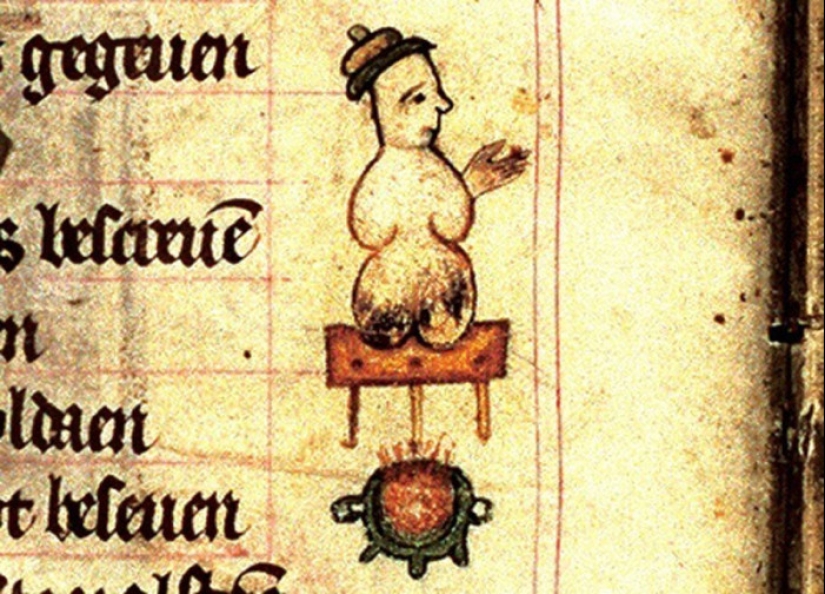
In the Nordic countries, the snow figure was male and was called a snowman. The first image of the "snow idol" known to science appeared in the "Chronology" of 1380. Now this book is kept in one of the museums of the Netherlands. From this we can conclude that snow figures were part of the "cultural code" of a resident of medieval Europe and were popular characters among the people.
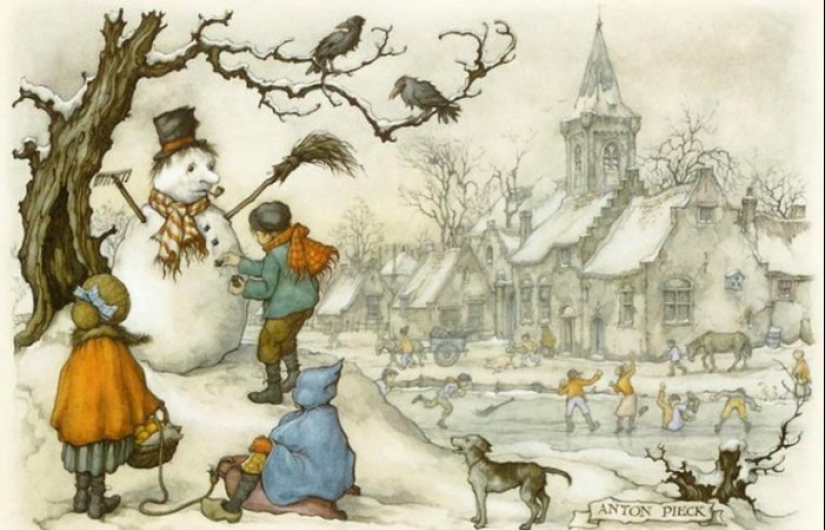
Most likely, in the 14th century, Europeans no longer remembered the cult significance of snowmen. And the church would hardly allow the sculpting of figures from snow to be given a sacred meaning. So snowmen were then made just for fun, with very few exceptions. It is known that in the Middle Ages in Norway, "white trolls" were molded from snow. They were installed near housing to scare away evil spirits.
Recent articles

Most of us think that the color of the eggshell does not play any role and it is possible not to pay attention. But it's not and ...

The more we rely on technology, the more potential power hackers gain over us. It doesn't matter if their goal is to help or cause ...

Creating a good portrait is one of the most difficult tasks for any photographer. In order to make a really natural and memorable ...